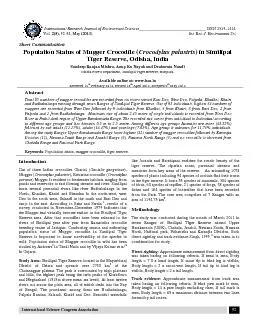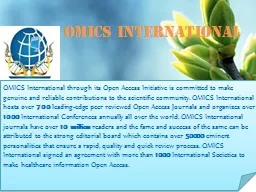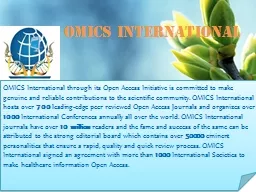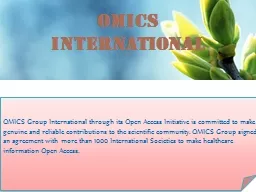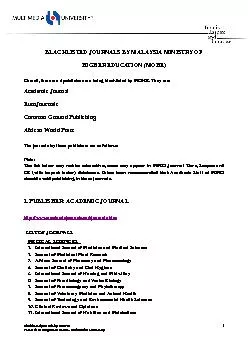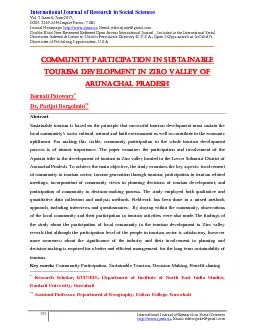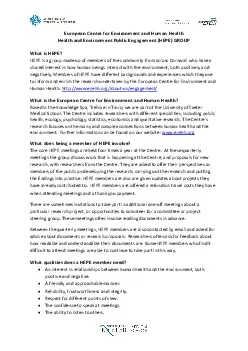PDF-International Research Journal of Environment Sciences________________
Author : luanne-stotts | Published Date : 2015-09-10
92 Short CommunicationPopulation Status of Mugger Crocodile Crocodylus palustris in Similipal Tiger Reserve Odisha IndiaSandeep Ranjan Mishra Anup Ku Nayak and Deabarata
Presentation Embed Code
Download Presentation
Download Presentation The PPT/PDF document "International Research Journal of Enviro..." is the property of its rightful owner. Permission is granted to download and print the materials on this website for personal, non-commercial use only, and to display it on your personal computer provided you do not modify the materials and that you retain all copyright notices contained in the materials. By downloading content from our website, you accept the terms of this agreement.
International Research Journal of Environment Sciences________________: Transcript
Download Rules Of Document
"International Research Journal of Environment Sciences________________"The content belongs to its owner. You may download and print it for personal use, without modification, and keep all copyright notices. By downloading, you agree to these terms.
Related Documents

